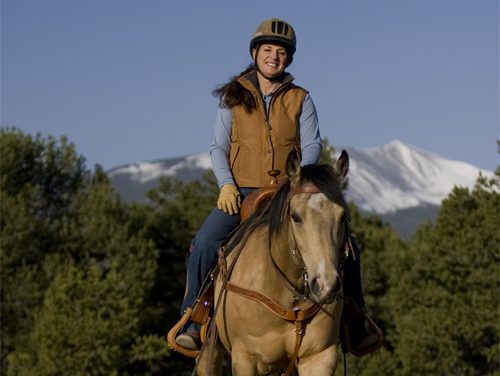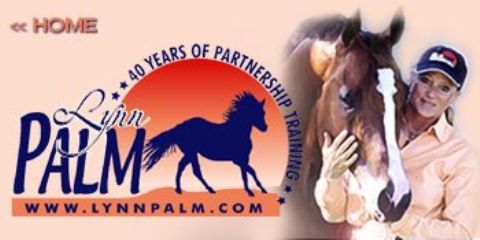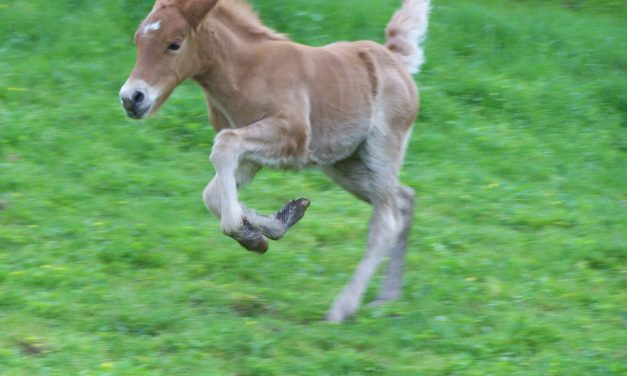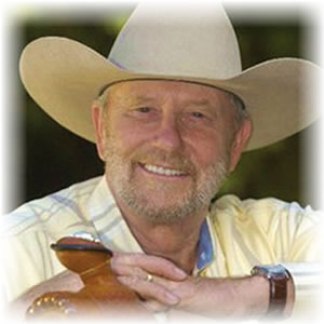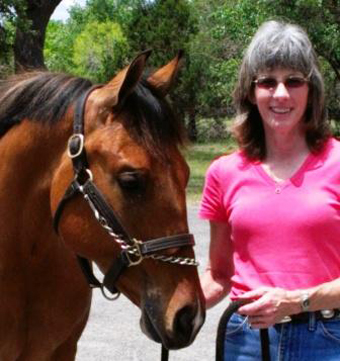Riding Right with Julie Goodnight
Dear Julie,
I’m 15 and have been riding for 11 years. I just bought a Halflinger pony that stands at 14.2. He’s a pleasure to own but rests his head on the reins and often pulls. I would like to find out a way to get him lighter on the reins with lighter contact—but without him zooming off when I’m schooling him. I’ve tried lots of things. One trainer recommended that I put my rein and hand up on his neck then bring it back and repeat the process on the other side. This does reduce his resting on the reins a little but it also encourages him to take off in a fast trot.
Read More
